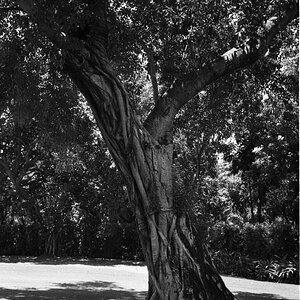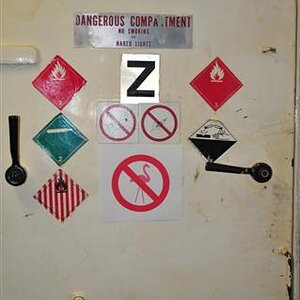hacksaw35
TPF Noob!
- Joined
- Jan 10, 2007
- Messages
- 114
- Reaction score
- 0
- Location
- USA - Kansas City
- Can others edit my Photos
- Photos OK to edit
So I recently purchased the 5d Mk II, and when you choose the "expanded ISO" setting you can technically go down to "L" or ISO 50. I read a comment on another board that the "expanded ISO" is a gimmick and not to bother with them. Anyone have some insight on this? Thanks
(should I post this in a different section?)
(should I post this in a different section?)



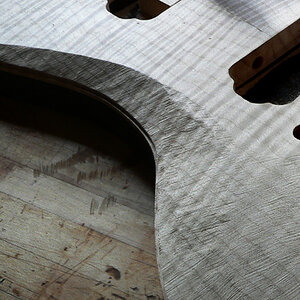
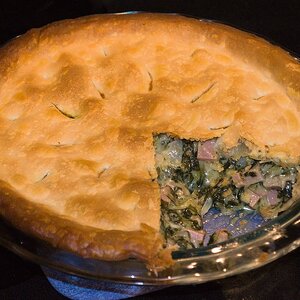
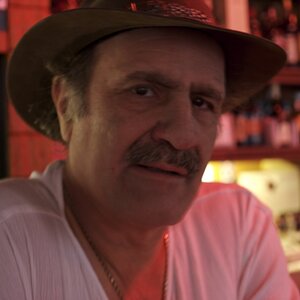

![[No title]](/data/xfmg/thumbnail/32/32930-09414fc020c2a60a456ff59a05c5ef8f.jpg?1619735759)
![[No title]](/data/xfmg/thumbnail/36/36299-468f060314a0ac2bf5e37da1c33149d2.jpg?1619737493)
![[No title]](/data/xfmg/thumbnail/32/32926-ec27ecead8c80d803404500d8f888dbf.jpg?1619735754)
